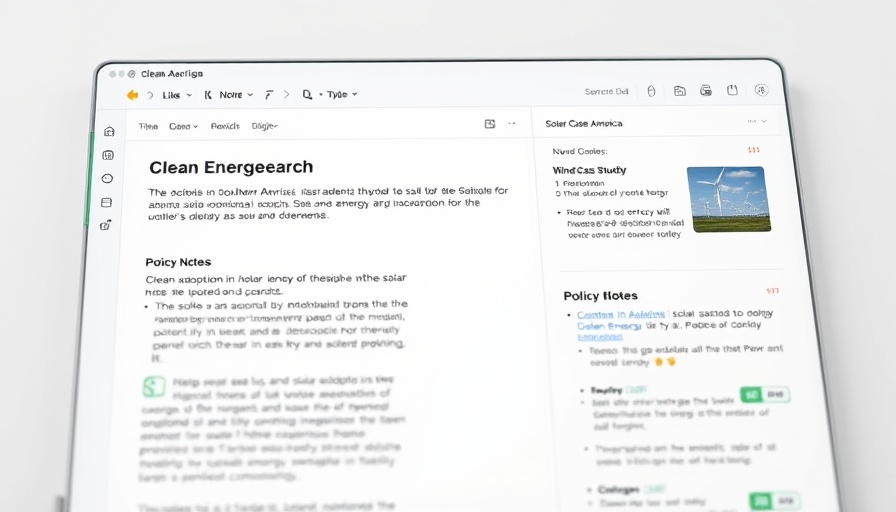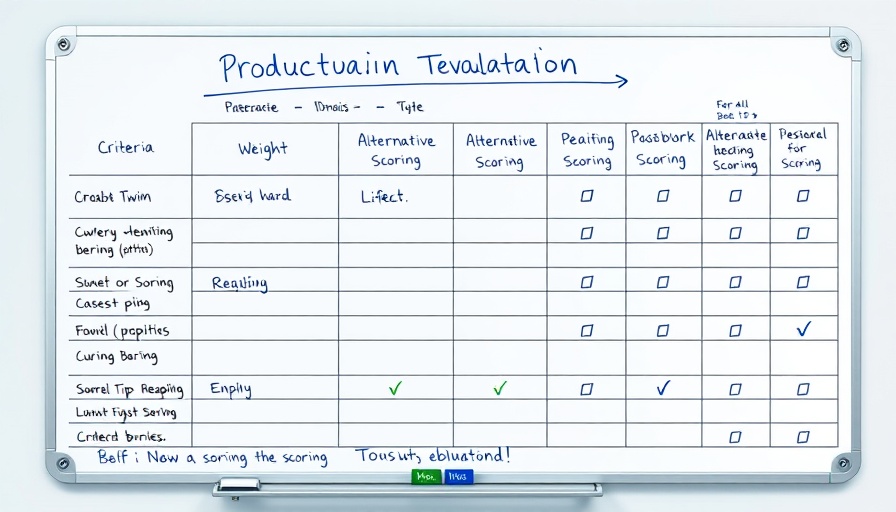
Finding the Right Onboarding Software: A Game Changer for Employee Experience
Choosing the right onboarding software is crucial for business owners looking to scale operations efficiently. Not only does effective onboarding streamline HR processes, but it also sets the stage for a positive employee experience, influencing retention and productivity from day one. Companies in the $2M to $10M revenue range, actively seeking funding, must prioritize software that enhances their operational infrastructure.
Why Onboarding Matters More Than Ever
As the workforce evolves, onboarding becomes one of the first touchpoints for new hires. It’s an opportunity to convey your company culture and values. Engaging onboarding processes that include interactive elements and comprehensive introductions can make new employees feel welcome and part of the team. As Claire Ellison, an HR consultant, emphasizes, investing in a systematic approach to onboarding can transform the new hire experience, addressing a critical area where many lose talent prematurely.
Identifying the Must-Have Features in Onboarding Software
When considering which onboarding solution to implement, here are several key factors to evaluate:
- Employee Experience & Engagement: Look for platforms that provide personalized experiences such as welcome videos, progress tracking, and integration with mentors or peers. This level of engagement can significantly reduce early turnover rates.
- Customization Options: It's vital that your software reflects your unique company identity. Systems that allow for tailored workflows and branding ensure the onboarding process feels relevant and familiar to new hires.
- Automation Features: Automating repetitive tasks such as sending reminders or collecting electronic signatures can free up HR’s valuable time, allowing them to focus on strategic initiatives. Testing these features during a trial can help determine the software's usability.
- Integration with Existing Tech Stack: The ability to seamlessly integrate with other tools is critical. Minimizing duplicate data entry reduces errors and enhances workflow efficiency, essential for busy HR teams managing multiple platforms.
A Smoother Transition: Actionable Insights for Implementation
To implement onboarding software effectively, it’s beneficial to build a strong business case. This involves clearly communicating the software’s value to stakeholders. Highlighting how the right tool enhances company culture and supports overall workforce management can facilitate buy-in from key decision-makers.
Additionally, rolling out the software is not the end of the journey. It’s crucial to gather feedback from new hires and HR users post-implementation to continuously refine the process. Tune-ups based on real user experiences can enhance the system’s effectiveness and solidify its place in your operational infrastructure.
Conclusion: Choose Wisely for a Dynamic Workplace
The onboarding process should not be an afterthought but a strategic initiative. Choose software that aligns with your company values and operational needs to foster a thriving workplace environment. As you approach this decision—balancing the expectations of scalability, culture, and engagement—remember, your investment in onboarding software is ultimately an investment in your people.
Are you ready to elevate your onboarding process? Leverage these insights to guide your choice and empower your team to create a welcoming and effective onboarding experience!
 Add Row
Add Row  Add
Add 



Write A Comment